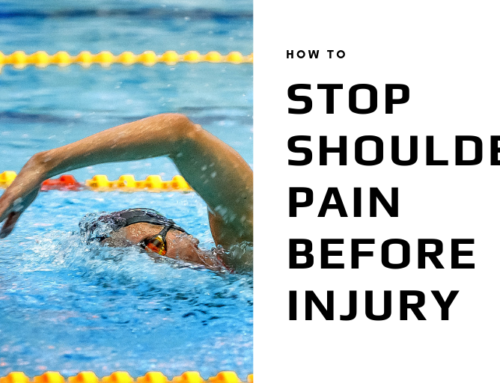1. Chunk your workout.
Dedicate a specific distance to specific technique elements, speed, or effort level. For example, swim a set of 10 x 25 yards fly focused on keeping your head motionless at the surface of the water on the non-breathing strokes.
2. Commit to an improvement plan.
Set a short-term goal and determine how you will measure progress. For example, establish a base line stroke count for 25 yards/ meters and figure out how much variability there is in a given workout. Work on stroke count consistency before setting improvement goals.
3. Construct bottom-line instructions for each set.
Plan each training set using DIRT – distance, interval, repetitions, and time for each swim. Then, practice deliberately by following your plan for each set.
4. Focus on single technique adjustments.
There are two reasons for this. First, it is very difficult to maintain technique when fatigued and second, many elements of technique are complicated and must be learned in sequence. For example, a swimmer must control head position before addressing arm motions. Once one technique element is mastered, another can be added.
5. Give your body the time and fuel it needs to recover.
According to Dr. Joel Stager, Director of the ‘Doc” Counsilman Center at Indiana University, improvement happens with recovery – not stress, killer workouts or thought-free yardage. Dr. Stager is also a firm believer in the benefits of chocolate milk immediately after each practice to help the recovery process. (Learn more: http://www.indiana.edu/~ccss/files/Documents/Chocolate%20Milk%20Study%20Paper.pdf)






